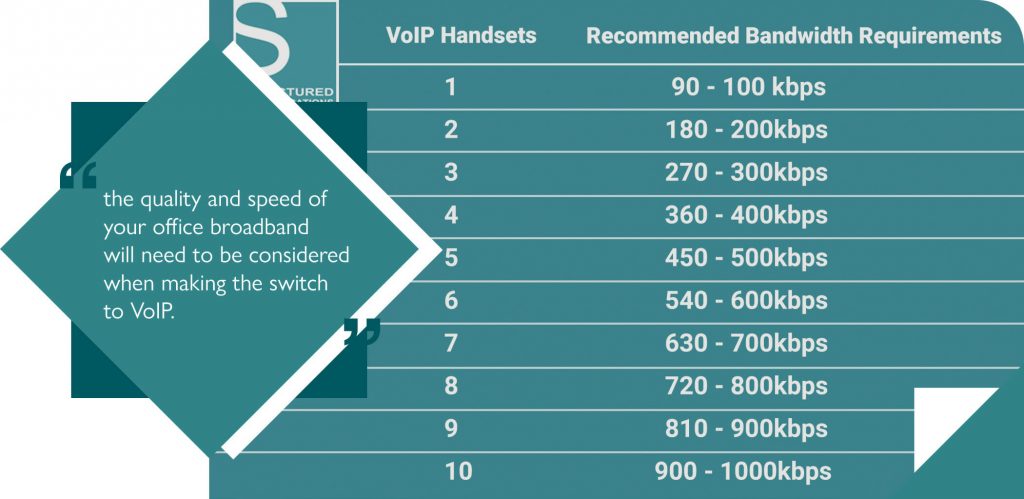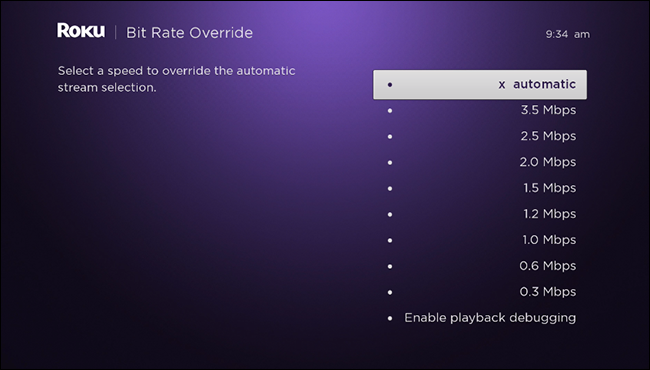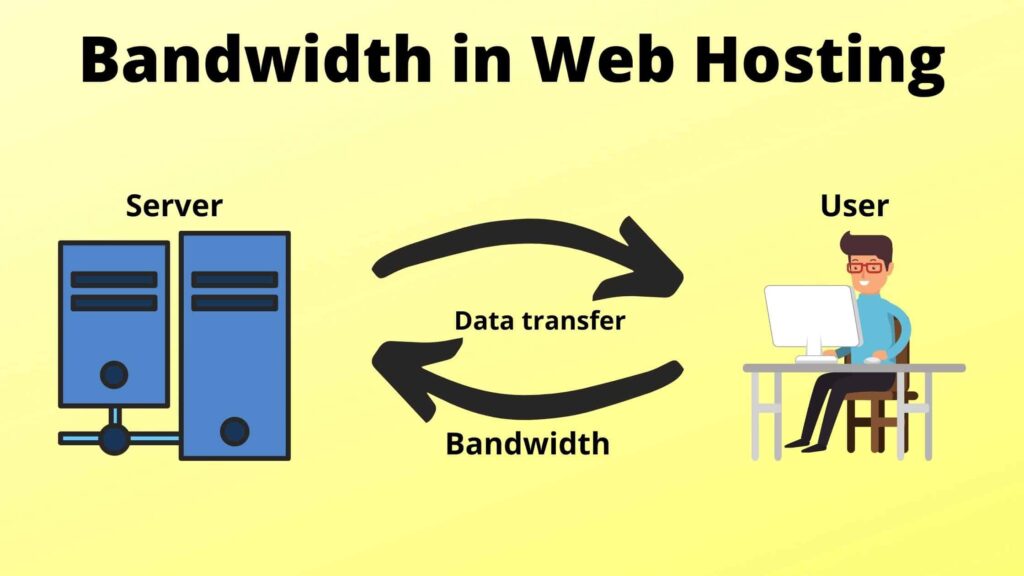As technology continues to advance, more and more businesses are adopting Voice over Internet Protocol (VoIP) as their primary communication system. VoIP allows users to make phone calls over the internet, which can be much more cost-effective than traditional phone systems. However, before implementing VoIP, it’s essential to understand how much bandwidth is required to ensure a smooth communication experience.
Bandwidth refers to the amount of data that can be transmitted over an internet connection in a given amount of time. In the case of VoIP, bandwidth is crucial as it determines the clarity and quality of the calls. Having insufficient bandwidth can result in poor call quality, dropped calls, and delayed audio. On the other hand, having too much bandwidth can lead to unnecessary expenses. In this article, we will explore how much bandwidth you need for VoIP to ensure that your calls are clear and reliable.
How much bandwidth do I need for VoIP? VoIP (Voice over Internet Protocol) requires a minimum upstream and downstream speed of about 64 Kbps for each voice conversation. To calculate the total amount of bandwidth you need for VoIP, multiply the number of simultaneous calls by 64 Kbps. The amount of bandwidth needed for VoIP will vary depending on the type of codec you use. You may need more than 64 Kbps if you are using a higher quality codec.

What is VoIP?
Voice over Internet Protocol (VoIP) is a technology that allows users to make phone calls over a broadband internet connection. VoIP is sometimes referred to as internet telephony, IP telephony, or internet calling. VoIP technology converts analog audio signals into digital data that can be transmitted over the internet.
How Much Bandwidth Do I Need for VoIP?
Understanding Bandwidth Requirements
Bandwidth is the amount of data that can be transmitted over a certain period of time. When it comes to VoIP, the amount of bandwidth required depends on the type of call being made. For example, a standard voice call requires less bandwidth than a video call. In general, the higher the quality of the call, the more bandwidth will be required.
To determine the amount of bandwidth needed for a VoIP call, you need to consider the type of call, the number of simultaneous connections, and the quality of the audio. If you are making a video call, you should also factor in the resolution of the video. For example, a high-definition video call will require more bandwidth than a standard-definition video call.
Estimating Bandwidth Needs
To estimate the amount of bandwidth you need for VoIP, you should start by calculating the total number of simultaneous connections you need. This number should be based on the maximum number of users that will be making calls at the same time. Once you have this number, you can use it to calculate the total amount of bandwidth you need for VoIP.
You should also consider the quality of the audio and video you want to use for your VoIP calls. For example, if you want to use HD video, you will need more bandwidth than if you are using standard-definition video. It is also important to remember that different VoIP providers offer different levels of audio and video quality, so you should research the different providers to find the one that best meets your needs.
Finally, you should also consider any other applications you may be using that might use up bandwidth. For example, if you are using a web conferencing application, you will need to factor in the amount of bandwidth that application will use. This can help you determine the total amount of bandwidth you need for VoIP.
Frequently Asked Questions
VoIP (Voice over Internet Protocol) is a technology that allows telephone calls to be made over the Internet. It is a cost-effective alternative to traditional phone systems and can be used to make and receive calls from anywhere in the world.
What is the minimum bandwidth requirement for VoIP?
The minimum bandwidth requirement for VoIP depends on the type of VoIP service being used. For basic VoIP services, a minimum of 64 Kbps upload and download is recommended. This ensures that the quality of the call is maintained and that the call is not dropped due to insufficient bandwidth. For more advanced VoIP services such as video conferencing, a minimum bandwidth of 128 Kbps is recommended for each participant. The more participants in the call, the more bandwidth is required.
What is the maximum bandwidth requirement for VoIP?
The maximum bandwidth requirement for VoIP depends on the type of VoIP service being used. For basic VoIP services such as voice calls and text messaging, a maximum of 128 Kbps upload and download is recommended. For more advanced VoIP services such as video conferencing, a maximum bandwidth of 384 Kbps is recommended. The more participants in the call, the more bandwidth is required.
What type of connection is best for VoIP?
The best type of connection for VoIP is a broadband or fiber connection with a minimum speed of 512 Kbps. This ensures that the quality of the call is maintained and that the call is not dropped due to insufficient bandwidth. The connection should also have low latency and low packet loss in order to ensure that the call is not interrupted.
What is latency and why is it important for VoIP?
Latency is the amount of time it takes for a packet of data to travel from one point to another. Latency is important for VoIP because it affects the quality of the call. If the latency is too high, there will be delays in the conversation and the call may be dropped. A latency of less than 100 milliseconds is recommended for VoIP.
What is jitter and why is it important for VoIP?
Jitter is the variation in the latency of packets of data that are sent over a network. Jitter is important for VoIP because it affects the quality of the call. If the jitter is too high, there will be delays in the conversation and the call may be dropped. A jitter of less than 30 milliseconds is recommended for VoIP.
In conclusion, determining the right amount of bandwidth for VoIP is an essential consideration for any business or individual looking to make the most out of their communication systems. While there is no one-size-fits-all answer, taking into account the number of users, the type of VoIP service required, and the level of call volume can help you arrive at the right bandwidth capacity. Remember, having a reliable and high-quality internet connection is key to ensuring the success of your VoIP system, and investing in a reliable internet service provider can help you avoid any frustrating dropouts or call quality issues.
As technology continues to advance, VoIP will only become more prevalent in our daily lives. Choosing the right bandwidth for your VoIP system will help you enjoy the benefits of this communication tool, from increased productivity to cost savings. With the right amount of bandwidth, you can enjoy crystal-clear calls, seamless video conferencing, and reliable connections, all while keeping your business or personal communications running smoothly. So, take the time to evaluate your needs and invest in a suitable internet connection to get the most out of your VoIP experience.



